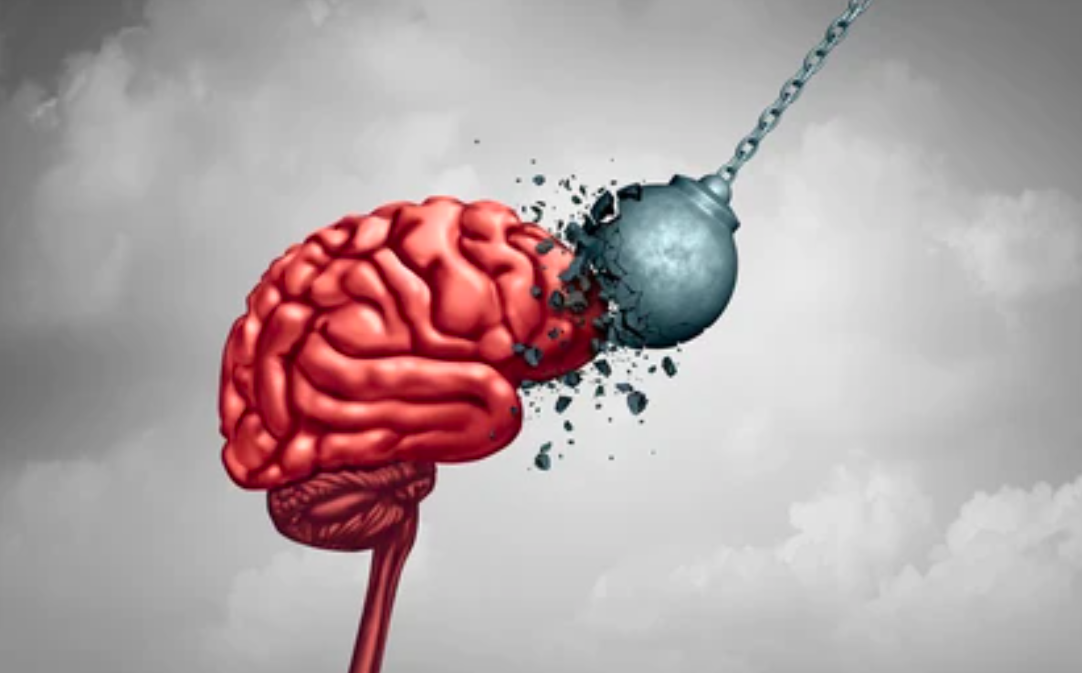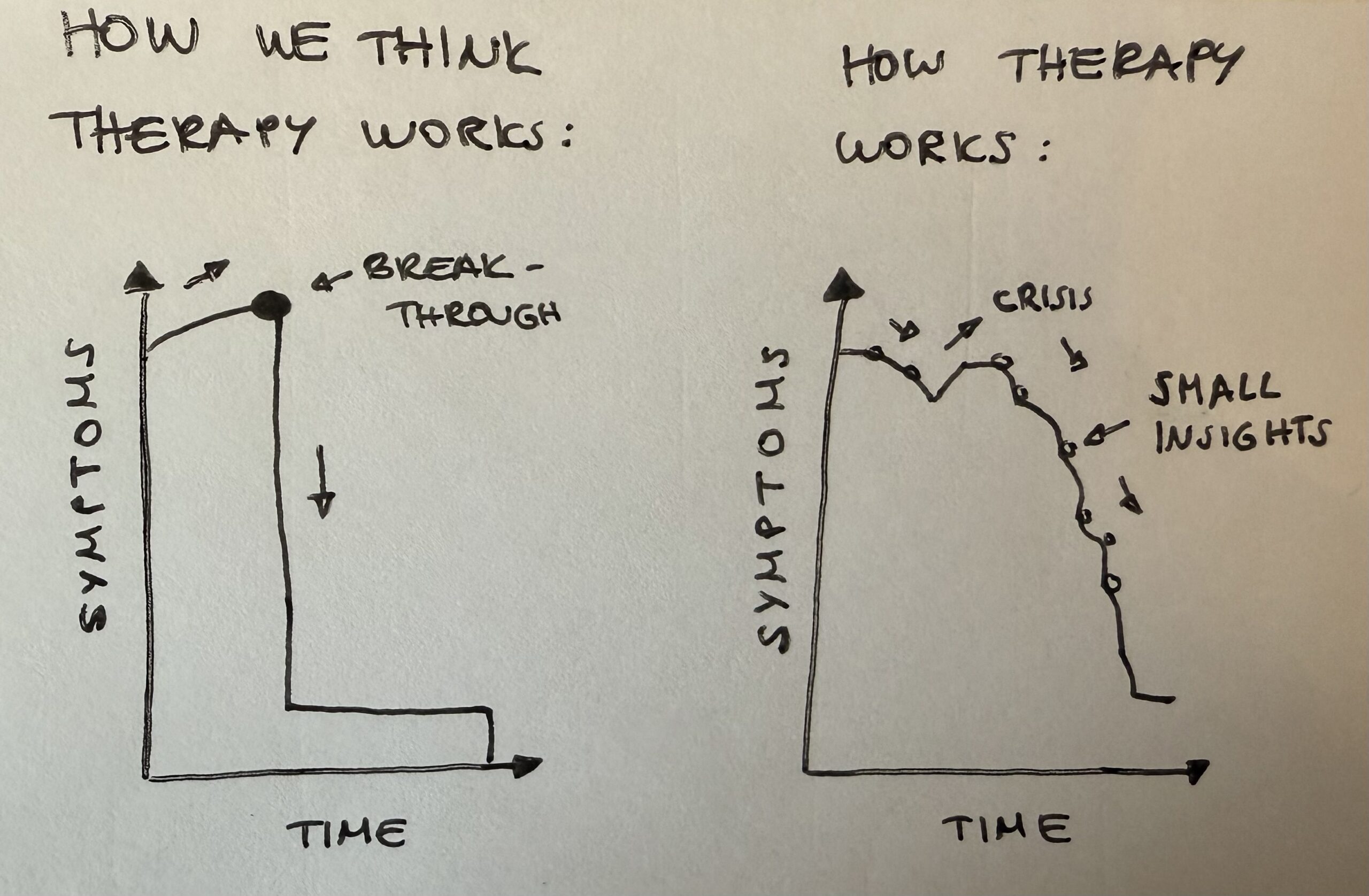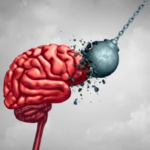
Welcome back to Part 3! In Part 1, we covered what trauma is, the window of tolerance, and types of trauma. In Part 2, we explored the consequences of trauma, and now, in Part 3, we examine whether and how we can heal from trauma.
How Can We Heal from Trauma?
“The pain of trauma can be the catalyst for personal growth, leading us to discover inner strength and resilience we never knew we possessed.” — Judith Lewis Herman, Psychiatrist
Healing from trauma is a journey—a process of integrating the fragmented parts of ourselves to reconnect with the present moment and our true selves. In this article, we’ll explore the key principles of healing, various therapeutic approaches, and how healing rewires the brain.
Healing = Trauma Integration
“Healing comes from connecting to the parts of ourselves that have been split off.”
As discussed in Part 2, trauma can fragment our inner world, creating parts of ourselves that are “split off.” Healing involves trauma integration, where these fragmented parts are reconnected and reintegrated into a cohesive sense of self. Trauma therapist Verena Koenig explains that unintegrated fragments can be triggered and take over our reality, making it feel as though the past is intruding into the present. Successful trauma integration allows us to arrive fully in the here and now.
Trauma integration occurs on three levels:
- Within the body and nervous system: Trauma often disrupts our relationship with our body because it is stored in the nervous system. This can make the body feel unsafe, as it holds memories, emotions, and strong reactions. Healing involves learning to trust the body again and feeling safe within it. Later, we will discuss nervous system regulation exercises.
- With ourselves and our inner world: Trauma can affect our identity and self-esteem deeply, especially when it occurs in childhood. Healing involves befriending yourself, rebuilding trust, and caring for your inner world. It’s about fostering a sense of safety and self-compassion.
- In relationships with others and the world: Trauma can make it challenging to trust others and form healthy relationships. It can take a lot of effort to explore new, healthy relational dynamics that enhance the quality of life.
Top-Down vs Bottom-Up Approaches
Therapeutic approaches to trauma can follow two main directions:
- Top-down: This approach works with the prefrontal and cerebral cortex, focusing on changing thoughts, evaluations, and perspectives. Examples include talk therapy, behavioural therapy, and psychoanalysis. These methods help influence cognition and create new mental frameworks.
- Bottom-up: This approach works with the body and nervous system, starting from the brainstem and limbic system and moving upwards to the conscious mind. Bottom-up methods focus on regulating emotions and bodily symptoms, addressing trauma where it is stored—in the body. Examples include EMDR, somatic therapy, and body-oriented exercises.
While top-down approaches are valuable, trauma symptoms are often stored in the body, making bottom-up methods essential for lasting healing. A combination of both approaches is considered most effective.
A reminder: If you enjoy my work, here is a way to support Neuroscience Musings (via Ko-fi). If you choose to do so – Thank you!
Different Forms of Therapy
Here are some therapeutic modalities commonly used for trauma:
- EMDR (Eye Movement Desensitization and Reprocessing): A psychotherapy treatment where the patient briefly focuses on a traumatic memory while simultaneously experiencing bilateral stimulation (such as eye movements). This process helps reduce the vividness and emotional intensity of the memory.
- Sensorimotor Psychotherapy: A body-oriented therapy that blends cognitive and emotional approaches with physical interventions. It focuses on implicit memories and the neurobiological effects of trauma, using the bodily experience as the primary entry point rather than the “story” attached to the event.
- CBT (Cognitive Behavioural Therapy): Focuses on identifying and challenging negative thought patterns and behaviours.
- Psychoanalytic Psychotherapy: A talking therapy where the patient freely explores the thoughts and emotions attached to traumatic events. This approach is more analytical and less body-focused.
- Somatic Therapy: A body-oriented approach that focuses on the physiological response to traumatic memories, helping individuals release stored trauma through movement, breathing, and other physical exercises.
Healing Rewires the Brain
Healing fosters both psychological and neuronal growth. Through new ways of being, the brain undergoes a process of rewiring:
- Cognitive Function: Healing improves cognitive functions such as attention, memory, and executive functioning, which may have been impaired by trauma. That enhances problem-solving skills and the ability to handle challenging mental tasks.
- Self-Perception and Relationships: Healing rewires brain pathways related to self-image and social interactions, helping individuals develop a more positive self-perception and form healthier relationships.
- Emotion Regulation and Stress Response: Forming new neural connections enables better management of emotional responses and reduces the hyperactivity of the stress response system. That diminishes trauma-related symptoms such as anxiety and flashbacks.
For tools to help regulate your nervous system, read “The Nervous System: Regulation & The Vagus Nerve.”
“A regulated nervous system is the key to a life full of liveliness and joy.” — Verena Koenig, Trauma Therapist
If you want to learn more about how the brain rewires itself, read “Neuroplasticity.”
Healing is a Process
Whichever form of therapy you choose, healing is a process that doesn’t happen overnight. It’s important to practise self-compassion, build a reliable support system, and adopt self-care strategies to recover and find meaning after trauma.
How we think therapy works vs. how therapy works:

Post-Traumatic Growth
“Trauma healing is personal development.” — Verena Koenig, Trauma Therapist
The process of integrating trauma leads to a reorientation of body awareness and a reinvention of our responses. Healing changes how life feels fundamentally. It shifts the focus from past suffering to the opportunities and meaning of the present.
Through the healing journey, wisdom, clarity, and kindness often emerge. People who overcome trauma (or have already succeeded) possess a unique depth and connection to life. They develop a profound understanding of what it truly means to live.
“Trauma is not about living fully symptom-free; it’s about connecting deeply with oneself.” — Verena Koenig, Trauma Therapist
Book Recommendations
If you would like to learn more about trauma, here are some excellent books:
- The Body Keeps the Score by Bessel van der Kolk (psychiatrist)
- The Myth of Normal by Dr Gabor Maté (physician)
- Toxic Childhood Stress by Nadine Burke Harris (paediatrician)
- It Didn’t Start With You by Mark Wolynn (inherited family trauma expert)
- (For German-speakers) Bin ich traumatisiert? by Verena Koenig (trauma therapist)
Final Words
Healing from trauma is a deeply personal and transformative journey. It requires courage, patience, and support. However, it can lead to a life of greater depth, meaning, and connection.
I would love to hear your thoughts on this topic! As always, you can find me @neuroscience.musings.
Best regards,
Sarah
Resources:
- König, V. (2021). Bin ich traumatisiert? Wie wir die immer gleichen Problemschleifen verlassen. Gräfe und Unzer.
- Karadag, M., Gokcen, C., & Sarp, A. S. (2020). EMDR therapy in children and adolescents who have post-traumatic stress disorder: a six-week follow-up study. International journal of psychiatry in clinical practice, 24(1), 77-82.
- World’s largest childhood trauma study uncovers brain rewiring. (2024, February 24). ScienceDaily. https://www.sciencedaily.com/releases/2024/02/240205165831.htm
- Lippard, E. T., & Nemeroff, C. B. (2023). The devastating clinical consequences of child abuse and neglect: increased disease vulnerability and poor treatment response in mood disorders. American journal of psychiatry, 180(8), 548-564.
- https://apn.com/resources/the-3-different-types-of-trauma/
- https://www.emdr.com/what-is-emdr/
- https://www.bacp.co.uk/media/6179/an-introduction-to-sensorimotor-psychotherapy-tony-buckley.pdf

